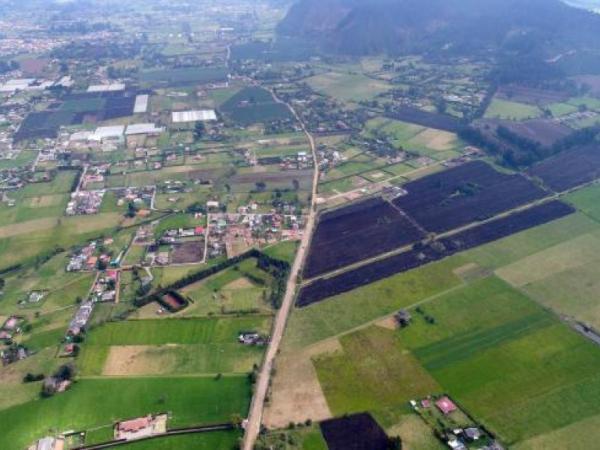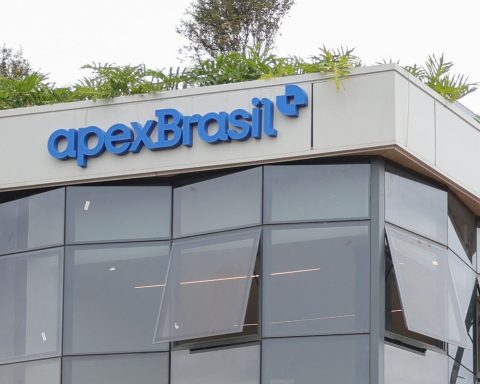The situation around the reservoirs that supply water to Bogotá and other surrounding municipalities has regional authorities on alert. Especially considering the effect that the lack of rain has had on the filling level of these reservoirs.
To address this contingency, several proposals have been put on the table. One of the most recent is the one presented by the mayor of the capital, Carlos Fernando Galán, who has suggested the possibility of evaluating groundwater extraction in the region.
“In June we received a delegation from the World Bank, where the person who managed the water crisis in Cape Town a few years ago was present, and with them we are working on the possibility of eventually moving forward in having it as an additional source”Galan commented.
In fact, the Cundinamarca Regional Autonomous Corporation (CAR) has also indicated that this is a viable initiative. The director of the entity, Alfred Ballesteros, explained to EL TIEMPO that by making use of the aquifers of the Sabana de Bogotá, the geological formations that store water in the subsoil, water could be guaranteed in the region for the next 100 years.
“In 2017, with the Regional Water Study, we concluded that we have 77,000 million cubic meters available in the aquifers in the Bogotá Savannah. By technical recommendation, up to 10% of this flow could be exploited. That is, approximately 7,700 million cubic meters”indicated the official.
Ballesteros highlighted that this amount of water is equivalent to seven times what is generated in the three reservoirs of the Northern system, that is, in Neusa, Sisga and Tominé. In addition, he recalled that this recruitment method is already used in other countries, such as the United States.
(Read more: ANI adds $10,000 million to attend critical points on the Bogotá-Villavicencio road)
Now, in terms of costs, the CAR director explained that two factors come into play here: geological studies and drilling. In the first case, these can cost close to $10 million; while regarding exploration, per meter of drilling costs between $1.5 and $2.5 million.
“The meter of drilling costs between one and a half million to two and a half million per meter. So what does the value of the well depend on? “On how deep it must be to find a significant flow”said Ballesteros, who also mentioned that this figure would have to include the expenses associated with pumping equipment, the treatment system and the connection to the aqueduct networks.
Regarding timing, the official indicated that, taking into account the experience of other municipalities that have incorporated this method, the first wells could be seen in a year and a half. “Even less, because there are projects that have managed to obtain permits and build deep wells in six months.”
However, other experts suggest that this process could take much longer. This taking into account that it is required to carry out technical studies and drill wells, which could translate into a period of two to three years.
(See: What people who sell TM tickets irregularly are exposed to)
Sisga Reservoir
CAR Cundinamarca
(See: Famous meteorologist predicts what is coming for the country in terms of rain)
What are the risks?
Although the exploitation of groundwater is a viable alternative, Failure to do so properly can have environmental consequences.
Fernando Helí Romero, professor of the Department of Geosciences at the National University, explained to EL TIEMPO that one of those risks due to a poorly developed practice is impacting the reserves. The reason is that the water that is stored in the aquifers depends on an area called the recharge zone, which in the case of Bogotá and the Sabana are the eastern hills and the paramos.
“It needs to rain for the water to infiltrate. “Trees are vital for this process, as they act as umbrellas and allow water to enter the aquifers.”he assured.
There is also the risk of overexploitation, which can cause land subsidence. Hence the need for an in-depth analysis to be carried out, since, as Romero pointed out to the media, “When technical studies are not carried out and 10 or 15 wells are drilled at the same depth, they overexploit the aquifer and, without water, the pressure decreases and the material sinks.”
(Read more: Colombia faces an environmental challenge marked by fires and water scarcity)
PORTFOLIO
*With information from EL TIEMPO – BOGOTÁ

















